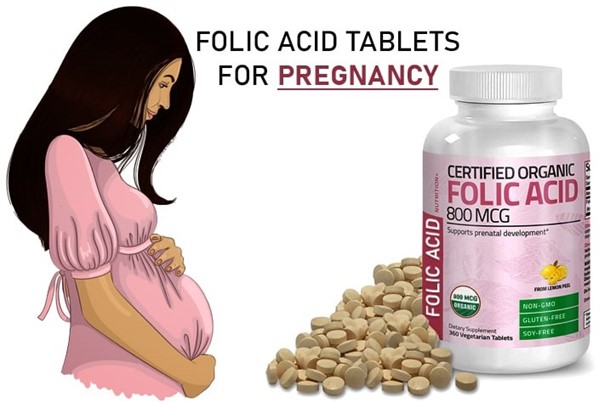An infant suffered from a fracture of the humerus and requires traction that uses pins, wires, and tongs.
What type of traction is this?
Skeletal traction.
Muscle traction.
Joint traction.
Skin traction.
The Correct Answer is A
Skeletal traction is a type of traction that uses pins, wires, or tongs to apply a pulling force directly to the bone.
This can help align and stabilize a fracture while it heals.

Choice B is not the best answer because muscle traction is not a type of traction.
Choice C is not the best answer because joint traction is not a type of traction.
Choice D is not the best answer because skin traction uses adhesive strips or elastic bandages to apply a pulling force to the skin, rather than directly to the bone.
Nursing Test Bank
Naxlex Comprehensive Predictor Exams
Related Questions
Correct Answer is C
Explanation
A nurse caring for a toddler who had a cast applied 2 hours ago due to multiple fractures of the right hand should report immediately to the charge nurse if the fingers on the right hand have a capillary refill of 4 seconds.
This could indicate that there is a problem with circulation.
Choice A is not an answer because it is not unusual for a child to not attempt to move her right arm or fingers after having a cast applied.
Choice B is not an answer because it is not unusual for the fingertips of the right hand to be swollen and bruised after having a cast applied.
Choice D is not an answer because it is not unusual for a child to not keep their arm elevated on a pillow after having a cast applied.
Correct Answer is B
Explanation
The nurse should include in their teaching that the client should increase their folic acid intake during pregnancy.

Choice A is incorrect because a pregnant woman at 8 weeks of gestation does not need to increase her daily calorie intake by 750 calories.
Choice C is incorrect because a pregnant woman should not limit her iron intake during her first trimester.
Choice D is incorrect because a pregnant woman should not stop taking her prenatal vitamin if she experiences nausea.
Whether you are a student looking to ace your exams or a practicing nurse seeking to enhance your expertise , our nursing education contents will empower you with the confidence and competence to make a difference in the lives of patients and become a respected leader in the healthcare field.
Visit Naxlex, invest in your future and unlock endless possibilities with our unparalleled nursing education contents today
Report Wrong Answer on the Current Question
Do you disagree with the answer? If yes, what is your expected answer? Explain.
Kindly be descriptive with the issue you are facing.
